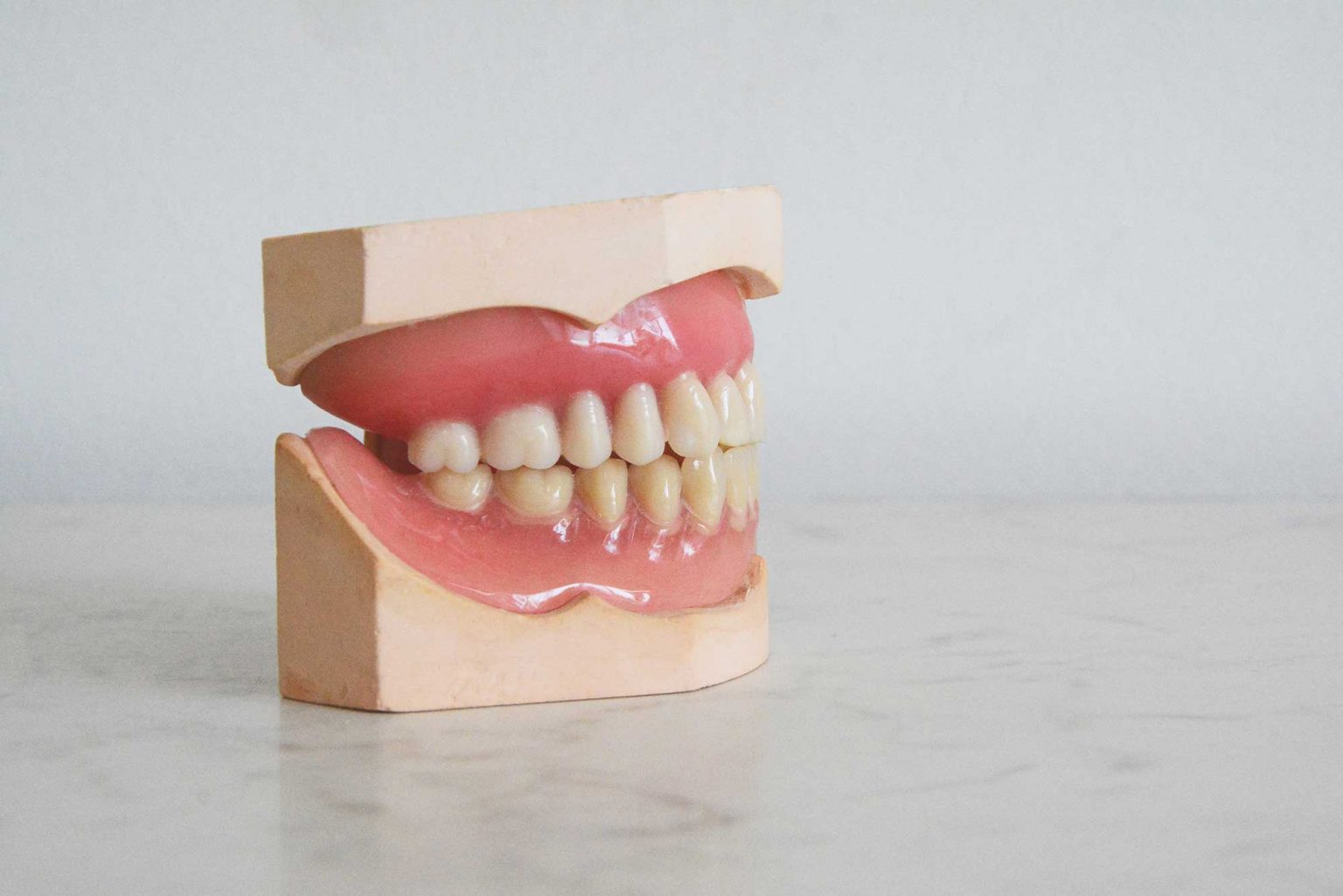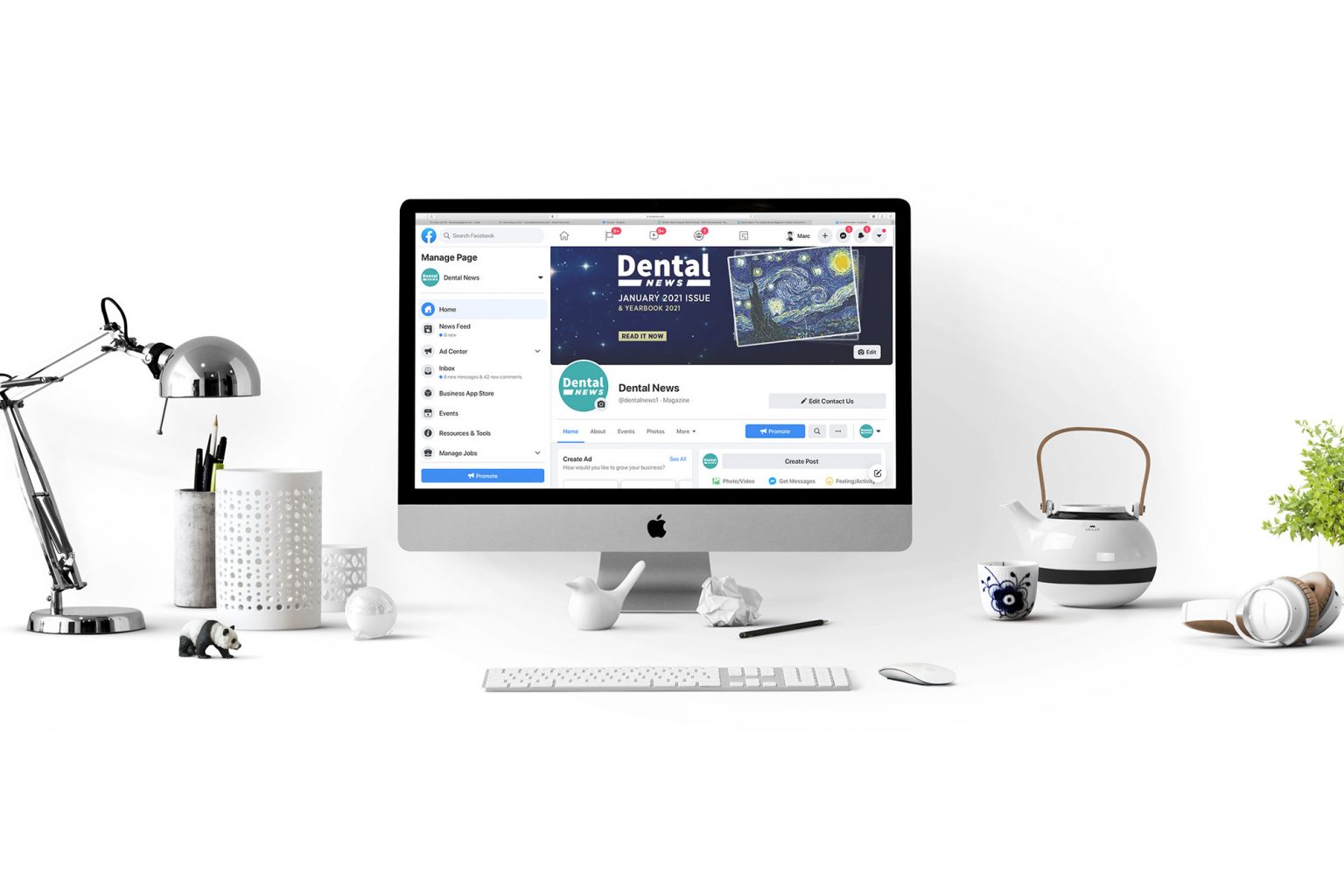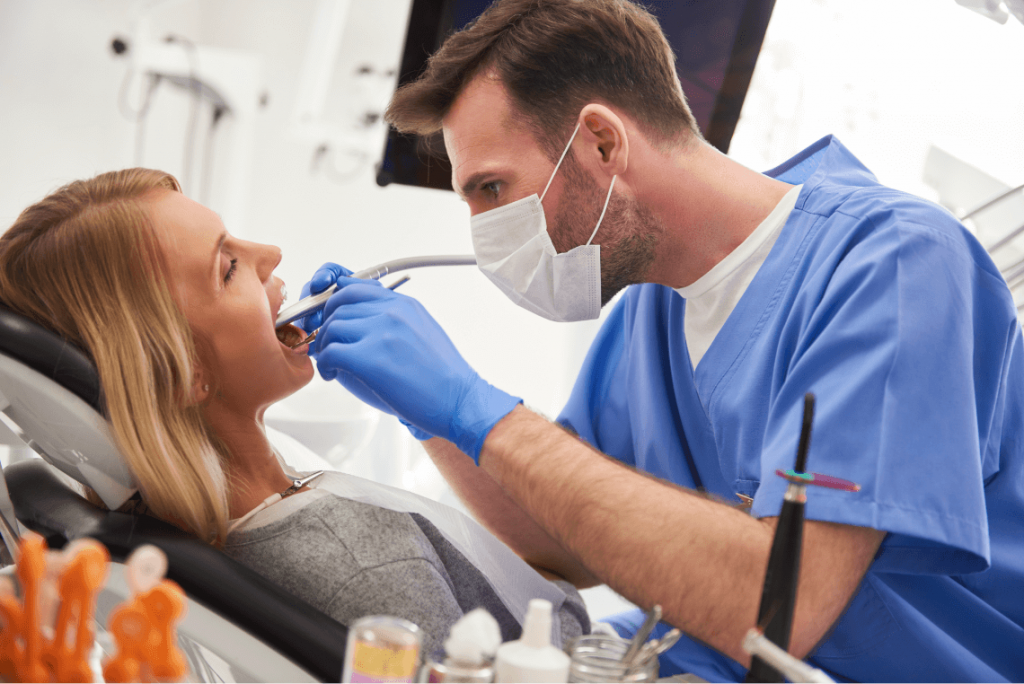Rehabilitation by single complete removable denture: a follow-up in a Tunisian clinical study
Alaeddine Mahfoudhi (alaaeddinemahfoudhi@yahoo.com) – Resident in prosthodontics
Oumaima Tayari – assistant professor in prosthodontics
Amani Mizouri – Resident in prosthodontics
Jamila Jaouadi – Professor in prosthodontics, head of removable complete denture department in dental clinic of Monastir
Faculty of Dental Medicine of Monastir, Oral health and Oral-Facial Rehabilitation Laboratory Research (LR12ES11), University of Monastir, Monastir, Tunisia
Dental Clinic of Monastir, Department of removable complete Denture,Monastir, Tunisia
Abstract
Introduction: the Single Complete Removable Denture (SCRD) is a frequent therapeutic solution offered to edentulous patients.
Due to the diversity and complexity of the clinical situations, it is a challenge to the dentist and to the patient who comes with many complaints.
Materials and methods: The complaints of patients with a SCRD were analyzed through a clinical and statistical study carried out in the removable denture department at the Dental clinic of Monastir, Tunisia.
Results: The studied population comprises 34 patients. The majority of complaints were about prosthetic instability followed by pain and discomfort.
Conclusion: a thorough pre-prosthetic analysis and diagnostics is essential to avoid the many pitfalls of the complete unimaxillary denture and ensure the stability of the prosthetic appliance on the edentulous arch.
Key Words: Single complete removable denture, Complaints,Prosthetic Instability, Pain, Occlusion.
Introduction
The prosthetic rehabilitation of an unimaxillary arch is considered as a complex reconstruction that must be perfectly controlled by the practitioner to ensure the prosthetic durability and the occlusal comfort of the patient. The success in SCRD is dependent on the initial analysis and preparation of the opposing arch in order to obtain a successful denture.
However, many patients express complaints about their prostheses. Therefore, we propose to study these complaints through a clinical study carried out in the department of complete removable denture at the Dental clinic of Monastir, Tunisia among the edentulous patients rehabilitated by SCRD either maxillary or mandibular.
The objective of this work was to analyze the complaints of the wearers of the complete unimaxillary prosthesis in order to determine their natures and to uncover the possible etiologies.
Materials and methods
This study was carried out at the dental clinic of Monastir for two months (July-August, 2020). 34 edentulous patients who received the treatment in the removable denture department by full maxillary denture and came back to consult with complaints. This study included all patients of all ages who have benefited from a SCRD and who consult for complaints.
Patients with bi-maxillary complete removable denture and implant stabilized prostheses were excluded. The data collection was conducted by a resident under the supervision of a removable prosthetics teacher through a questionnaire designed for the purpose of the study and divided into two parts:
• The first part was about the patient’s socio-demographic data, his chief complaints and some prosthetic characteristics
• The second part of the questionnaire was reserved for clinical observations made by the dentist in order to analyze the edentulous arch, the condition of the osteomucosal surface, and to evaluate the quality of the prostheses in terms of stability, retention, aesthetics, occlusion and phonation.
The data were entered as a multiparametric database using the 2007 Excel table. The descriptive and analytical statistical study was conducted using the IBM-SPSS software version 23.0.
The significance threshold was set for a value of p 0.05.




Results
The socio-demographic characteristics of the sample were grouped in Table
For the analytical results, a significant correlation was found between the Sangiuolo classification at the maxillary arch and the static instability expressed by the patient with a p = 0.012.
Also a dependency relationship was found between the patient’s age and the denture base fracture with a p=0.03.
Discussion
In our study, the percentage of men who consult for complaints is the same as that of women, which seems very similar to other studies: for the study of Modhi Al Deeb (2020) in which women represent 46.5% of the population while men represent 53,5%). However, other studies show a higher percentage of men, such as those of Bekri (2019) and Gueye M (2016), whereas Cayrel (2011) and Mboj EB (2010) women are more mentioned in their studies. [1] [2] [3] [4] [5]
The average age in our study sample is 63.3 which is similar to the studies of Bilhan coll and Gueye M with an average age of 64.1 years. [6] [3] 44.1% of the study population had general diseases, the most declared of which is diabetes. According to Frank (1998) dissatisfaction with removable prostheses increases in patients with poorer health. [7]
This sample consists of 20 maxillary prostheses and 14 complete mandibular prostheses. The high number of maxillary dentures is explained by the notion of delayed loss of mandibular teeth compared to the maxillary ones. Moreover, practitioners are often aware of the difficulty of ensuring the balance of a complete mandibular prosthesis due to the reduced bearing area. So they are more conservative on the mandibular.
The majority of patients express their complaints after a period of wearing the prosthesis for more than a year which is correlated with the results of Gueye M including 68 prostheses that date back more than a year.
Stability presents the resistance to displacement under horizontal and rotational stress. It depends on the quality of adaptation of the denture to the prosthetic support structures in the horizontal and vertical planes. [8] [9]
More than 57% of complaints in our study call for problems of prosthetic instability (static or/and dynamic). As well Bekri (2019) in his study shows that instability is the major complaint with 49% of the cases. [2] In fact, some anatomo-clinical situations such as the fibromucosal state and bone resorption were the cause of poor retention and consequently prosthetic instability. A relationship has already been found between the maxillary Sangiuolo class and static instability. More instability is found with class II and III.
Instability can be also caused during function, for this is essential to control occlusal relations during propulsion and lateral movement according to balanced occlusal concept with a stable prosthesis on these supports [10] Balanced occlusion in excursive movements will lead to prosthesis instability, loss of retention and disinsertion of the prosthesis. [11] [12]
Pain is the second complaint represented in this survey at the maxillary and mandibular arch with a respective percentage of 55% and 43%. These values are similar to some studies [6] [14].
An inadequate prosthesis causes pain complaints or functional disturbances capable of causing denture rejection [14]
Oral dryness is one of the risk factors of soft tissue pain and especially at the mandibular arch. According to Inamochi Y (2019) 15% of patients claim discomfort with maxillary prosthesis and 21% with mandibular prostheses. [15] These sensitivities are expressed as result of a functional discomfort related to the prosthetic volume, «full mouth» sensation and prosthetic lip distension. This discomfort is due to either a real over extension of the prosthetic limits or from a significant modification of the prosthetic limits compared to the original prostheses after a long service. [16]
Patients in our study consult after denture-base fractures or for detachment of prosthetic teeth. 5.4% of fractured teeth accrues after 2 to 5 years of service of the prosthesis. [14] These alterations can be explained by different etiologies such as improper handling during the prosthetic manufacturing procedures and their impact on the quality of the prosthesis.
According to Licia M. (2019) prostheses made with poly methacrylate methyl are more frail and need more thickness and width in order to avoid fractures then those made with VALPLAST. The PMMA present a high rate of artificial teeth loss.[17] Koper believes that occlusal problems and fractures of the prosthesis observed in the single complete prosthesis result of one or all of the following: occlusal stress on the maxillary prosthesis, underlying edentulous tissue, and accustomed muscles to opposing natural teeth, the position of mandibular teeth which may not be properly aligned for the occlusal bilateral balance concept needed for prosthetic stability. [18]
A relationship was found between the age and fracture of the prosthesis that may be due to the cleaning techniques with unsuitable products such as abrasive substances or even the fall of the device during its handling.
[19] [20] [21]
Study limit
It is desirable that this clinical study should be multicentric given that the psychological state of patients differ from one region to another. Especially when those complaints are subjective claims that are difficult to assess.
Conclusion
The SCRD is a delicate treatment for the practitioners who is facing anatomic and physiological different obstacles. This causes many problems and bring back the patient to consult for complaints.
In our study, instability is the most common complaint expressed by the patients followed by pain.
Our role is to find the solution for complaints and motivate the patient for rigorous hygiene of the osteo-mucous surface and the prosthesis. Also control sessions must be programmed after the delivery of the denture.
In complete unimaxillary denture, the problem comes from the fact that the occlusal pattern already exists at the level of the toothed arch and is seldom adapted to the stabilization requirements of the combined removable prosthesis.



